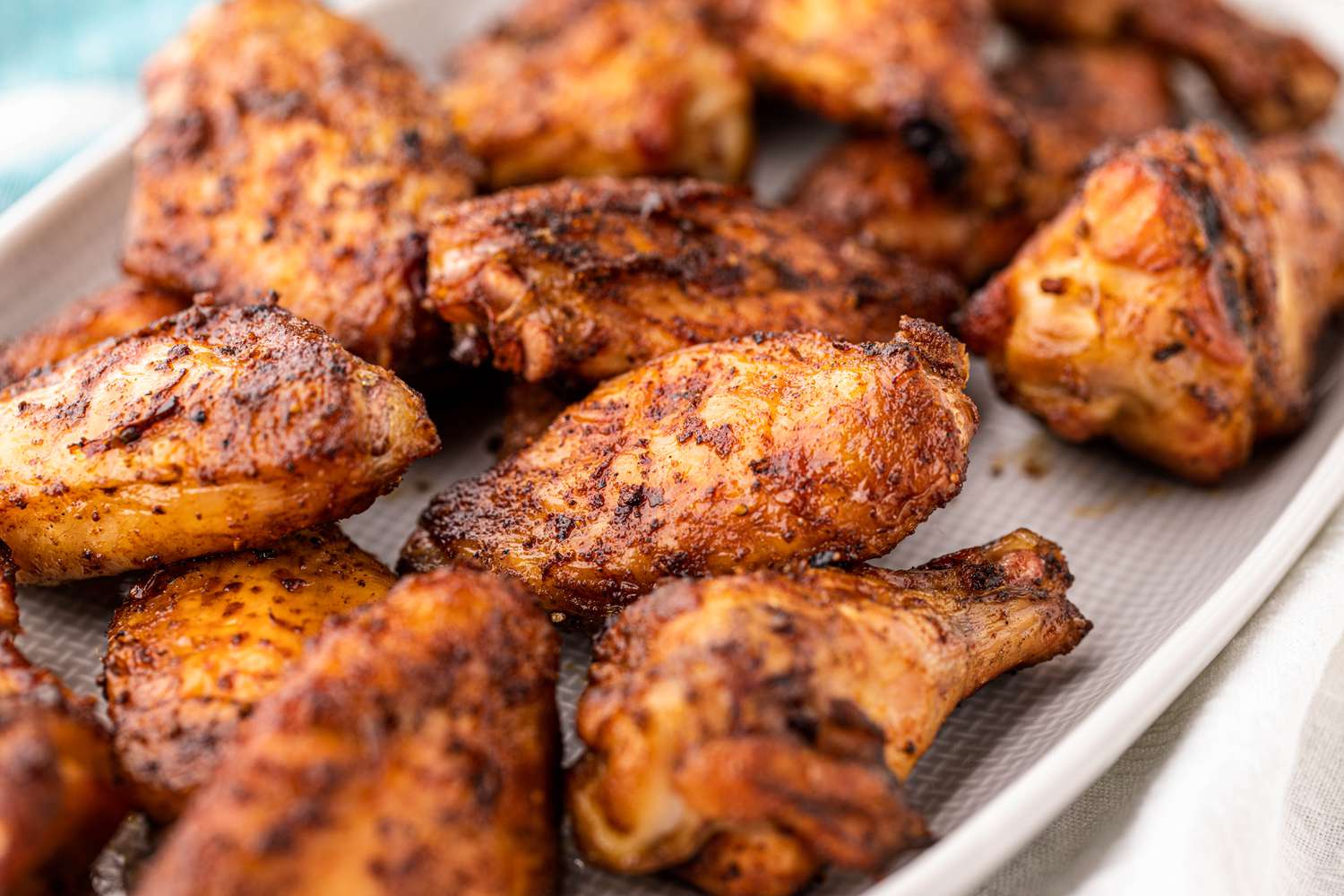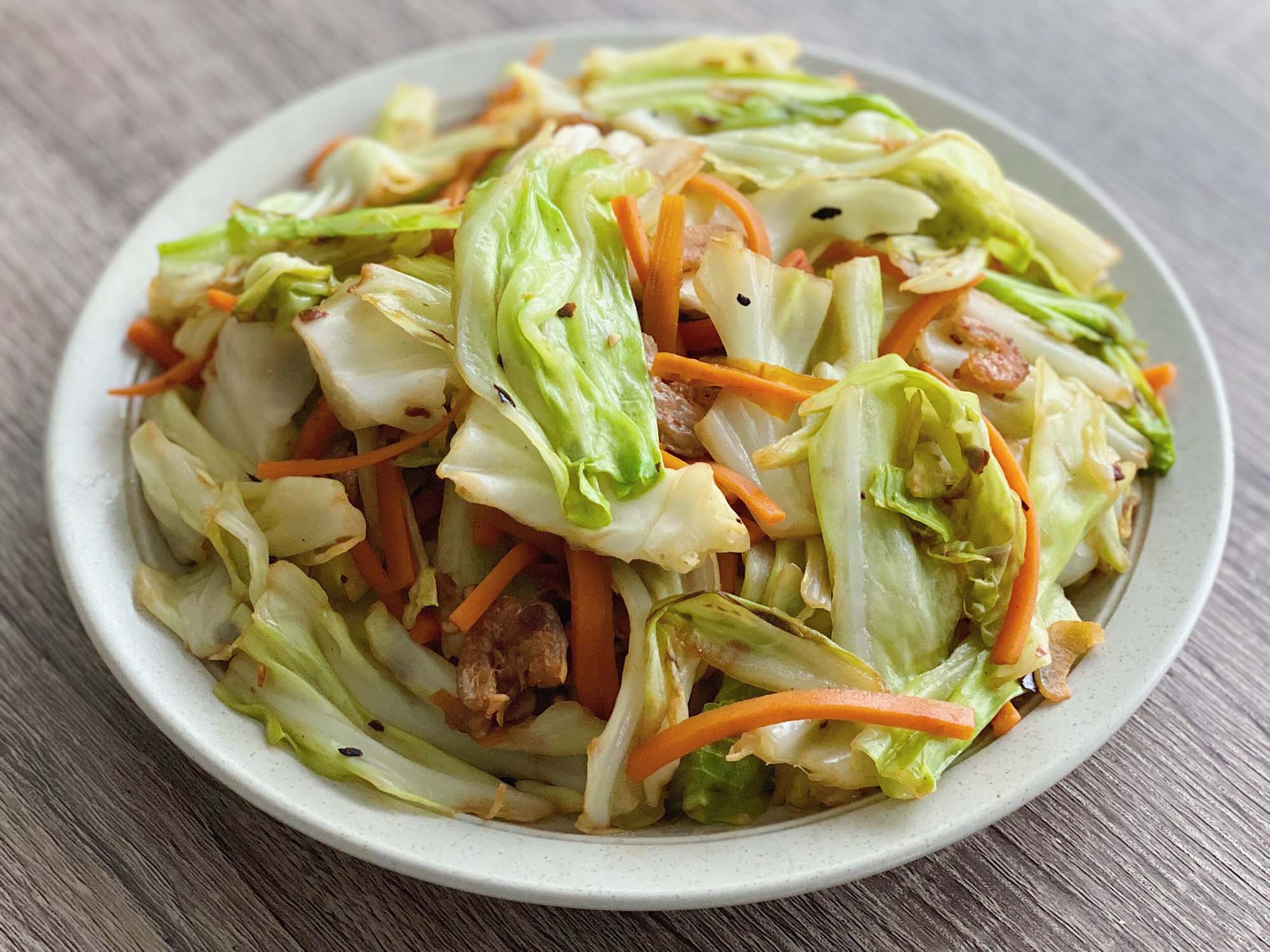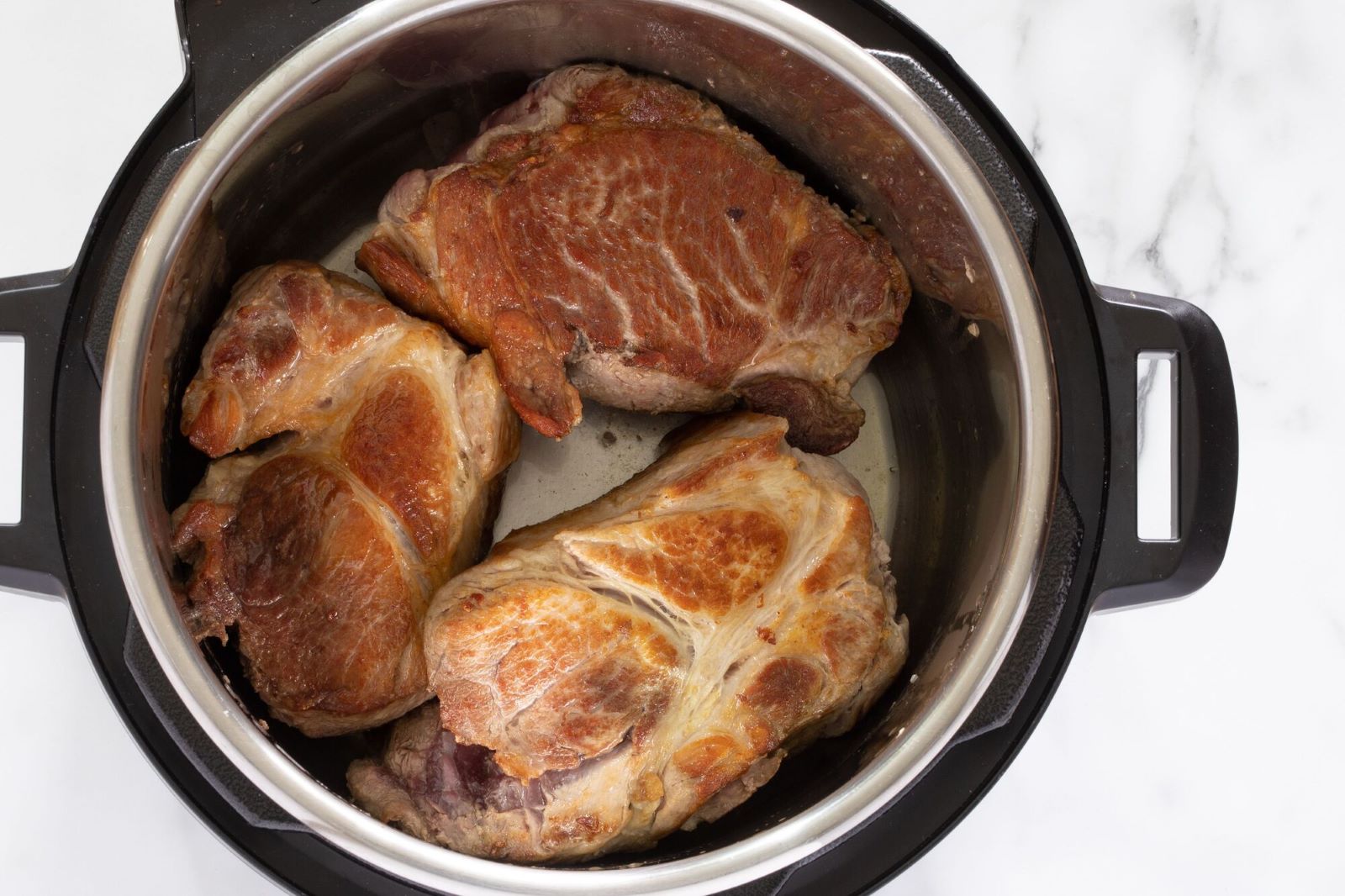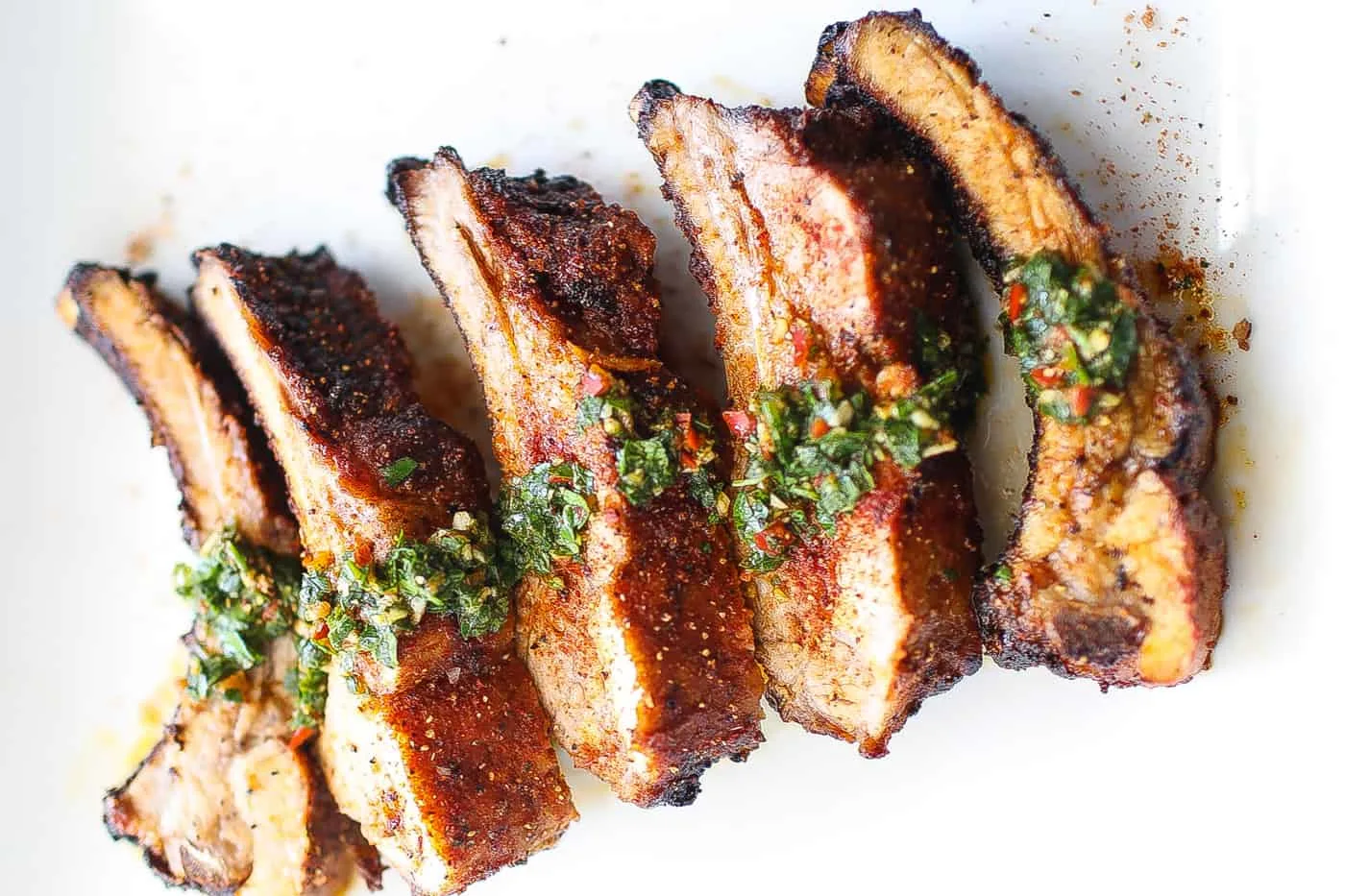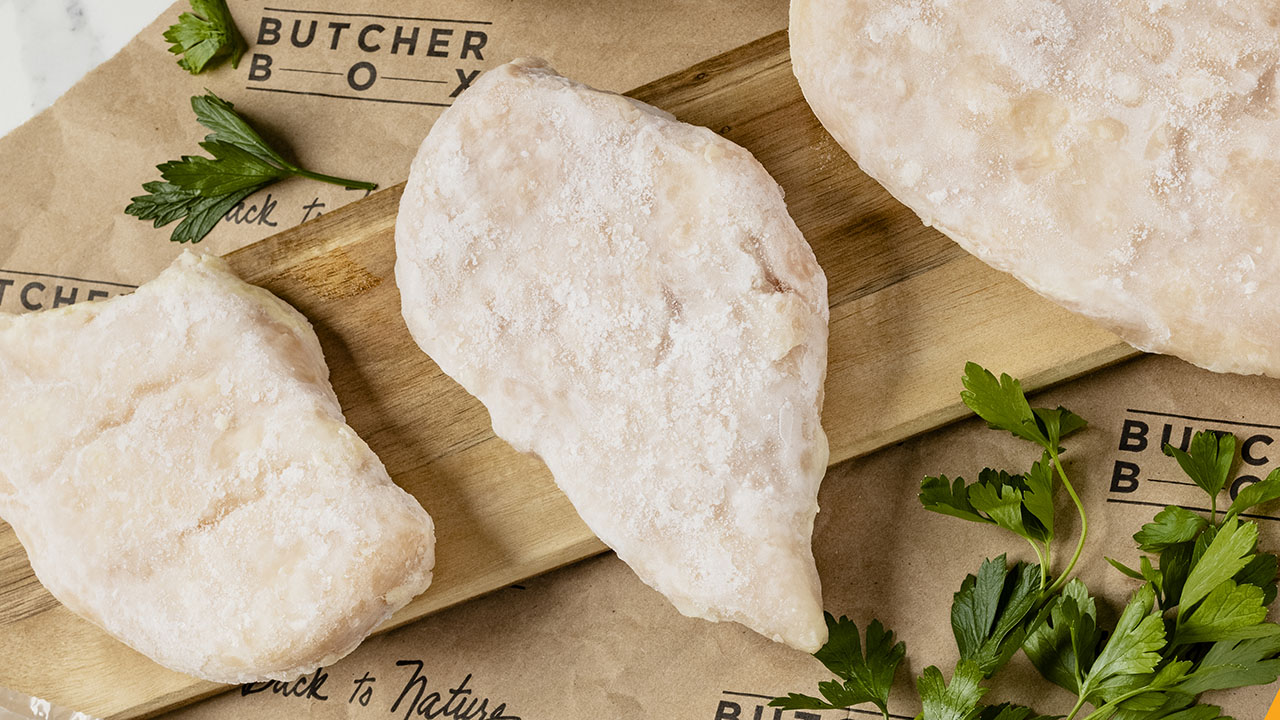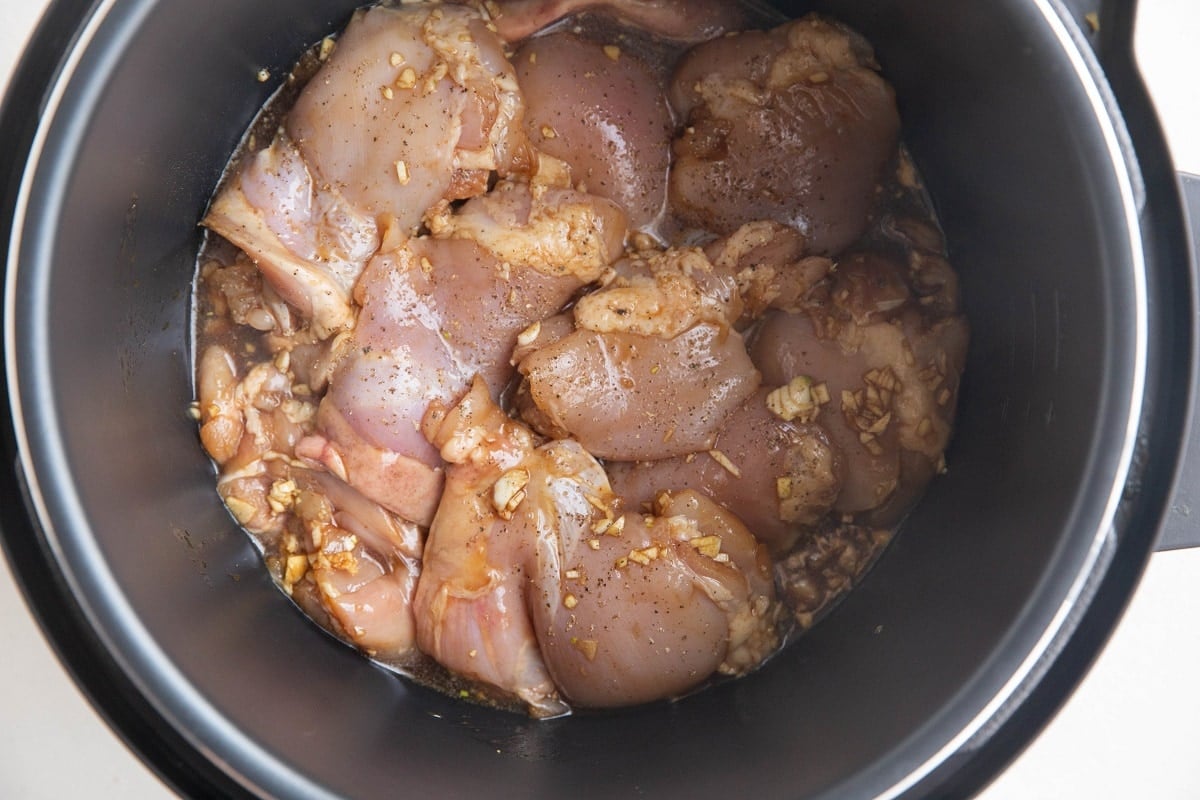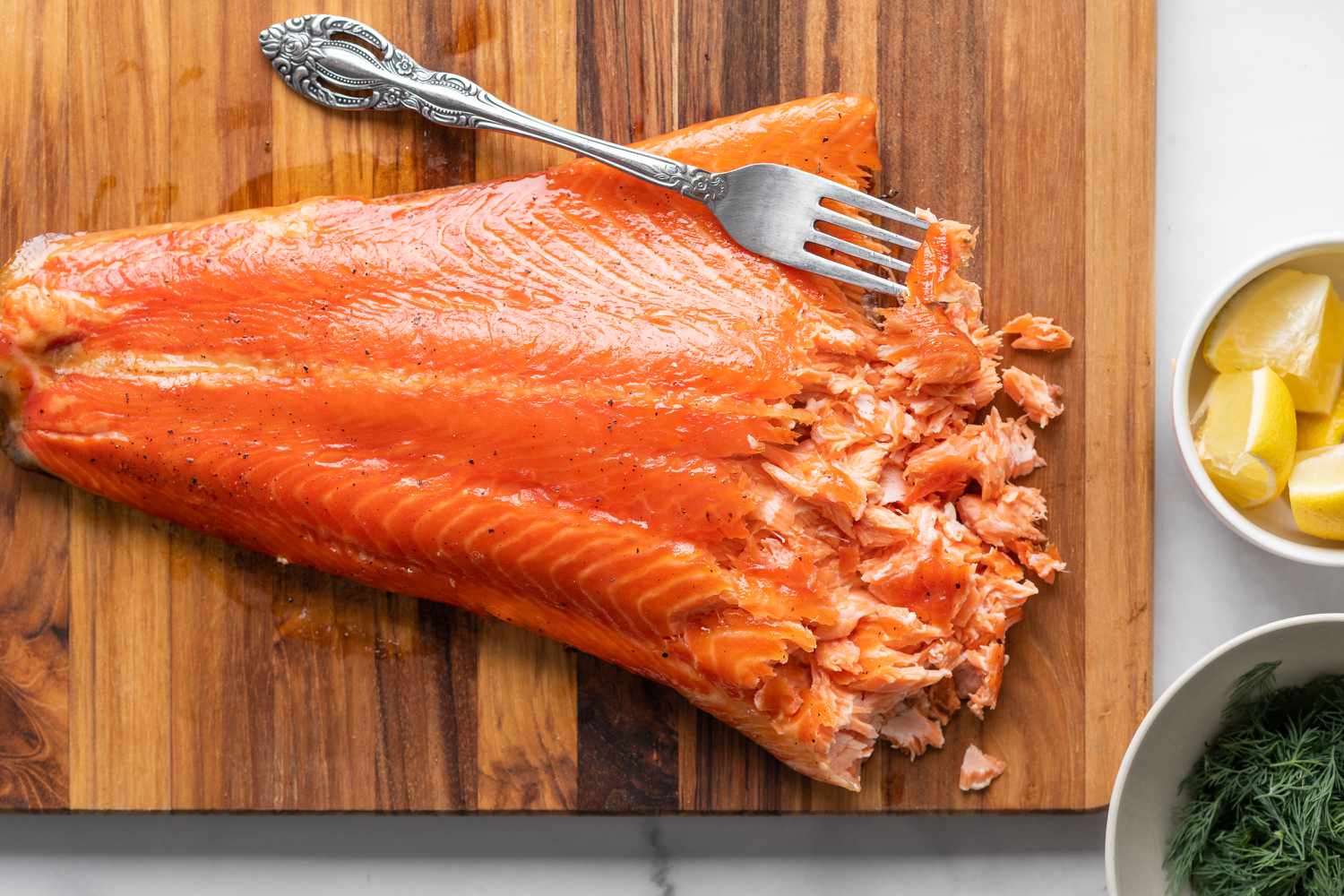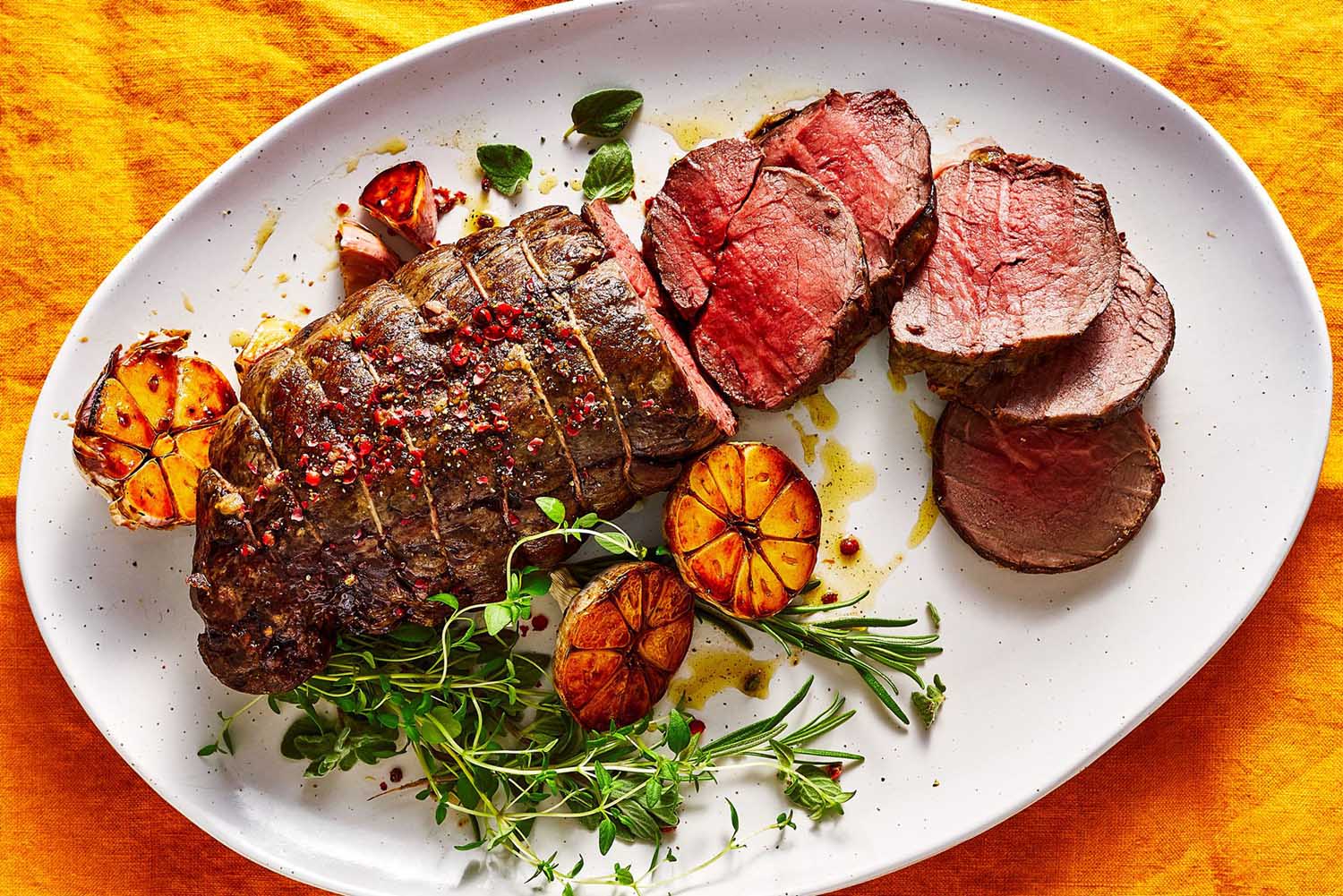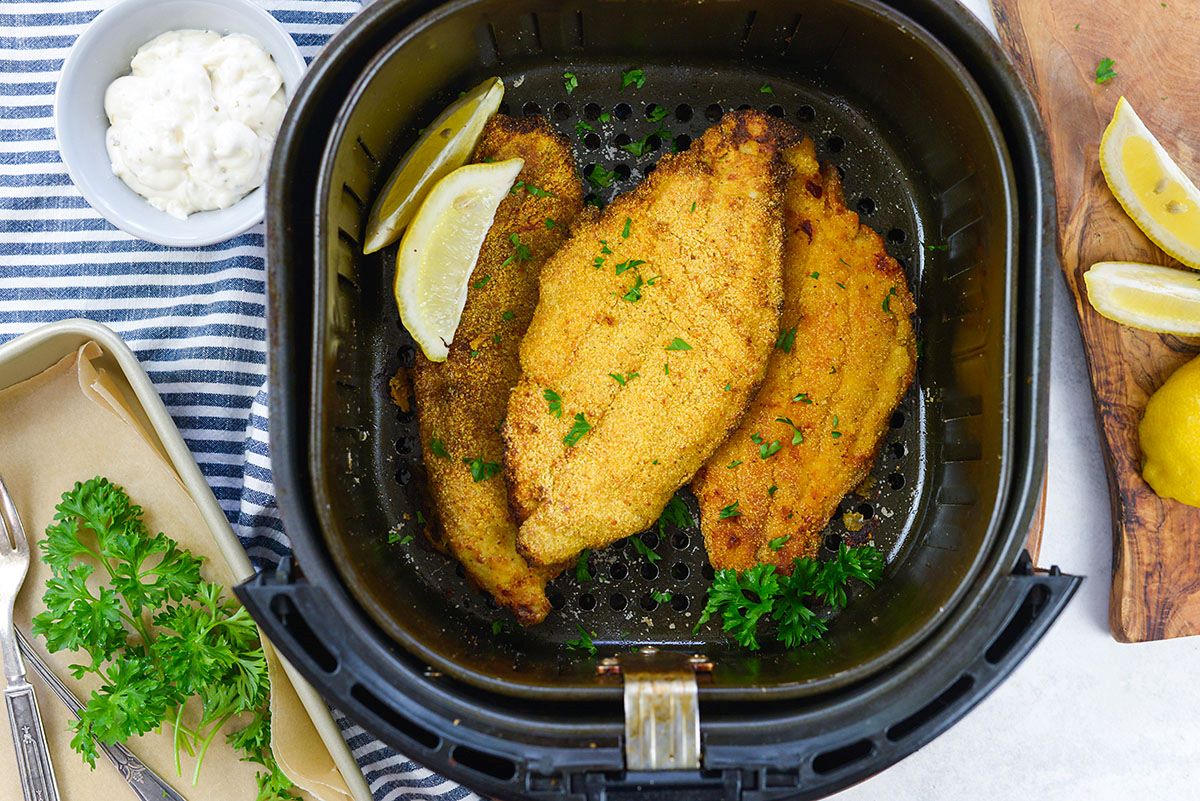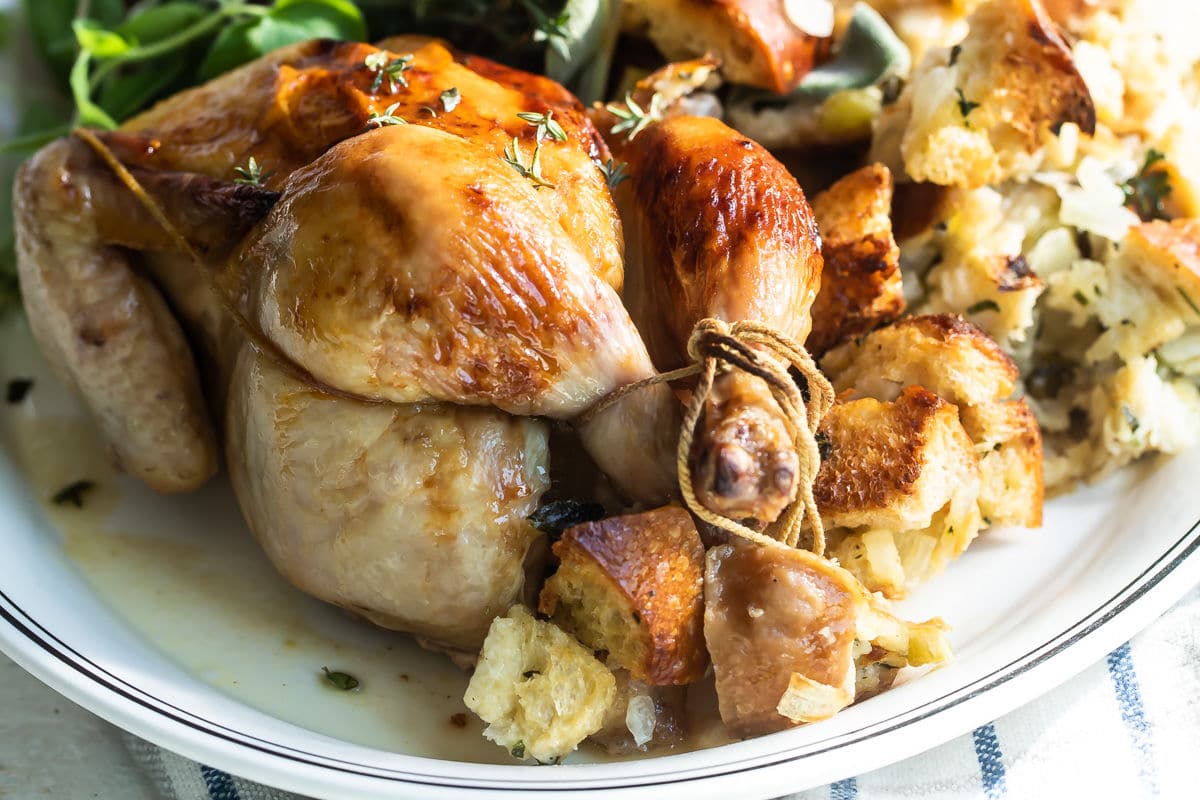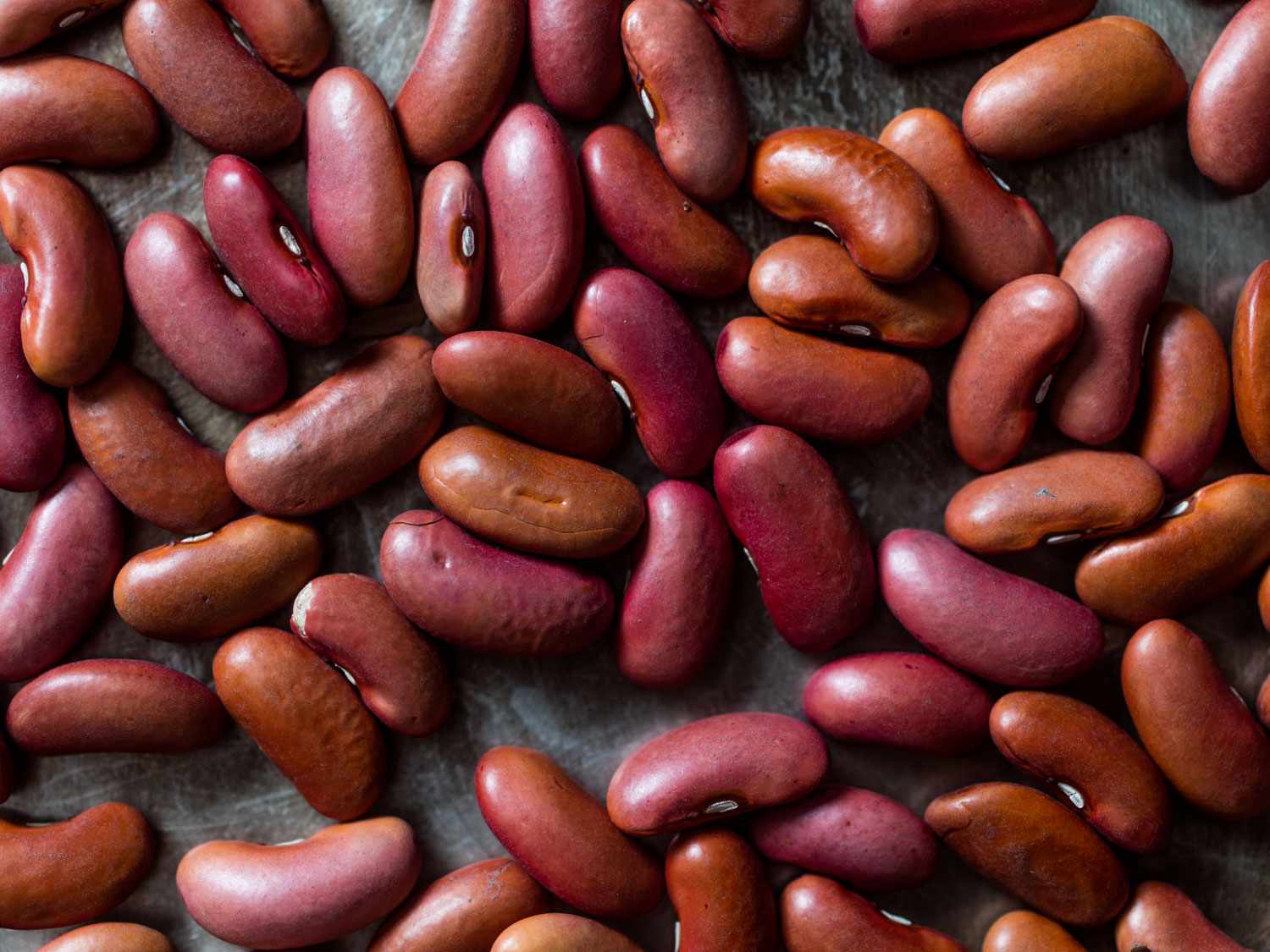How To Cook Perogies
Perogies, also known as pierogies, are a delicious traditional Eastern European dish loved by many. These dumplings filled with various savory ingredients such as potatoes, cheese, and even meat can be boiled, fried, or sautéed to perfection. If you’re ready to embark on a culinary adventure and want to learn how to cook perogies, you’ve come to the right place! Follow this simple step-by-step guide, and you’ll be enjoying mouthwatering perogies in no time.
Ingredients:
- 1 package of perogies
- Water
- 1 tablespoon of salt
- 2 tablespoons of butter
- 1 medium-sized onion (optional)
- Sour cream, for serving (optional)
Instructions:
- Bring a large pot of water to a boil and add a tablespoon of salt. This will add flavor to the perogies as they cook.
- Drop the perogies into the boiling water carefully, making sure not to overcrowd the pot. Cook them for about 5-7 minutes or until they float to the surface. This indicates that they are cooked through.
- While the perogies are cooking, melt the butter in a separate pan over medium heat. If desired, finely chop the onion and sauté it in the butter until it becomes translucent and slightly caramelized.
- Using a slotted spoon, transfer the cooked perogies to the pan with the melted butter. Gently toss them to coat with the butter and onion mixture.
- If you prefer a crispy texture, you can fry the perogies for an additional 2-3 minutes on each side until they develop a golden brown color.
- Once cooked to your desired level, remove the perogies from the pan and serve them hot.
- Perogies can be served on their own or paired with sour cream for a delightful and creamy contrast.
Now that you know how to cook perogies, feel free to experiment with different fillings and toppings to suit your taste buds. Whether you prefer them boiled, fried, or sautéed, perogies are a versatile dish that can be enjoyed as an appetizer, side dish, or even a main course. So gather your ingredients, follow this guide, and get ready to savor the flavors of this beloved Eastern European delicacy. Bon appétit!
Was this page helpful?
Read Next: How To Cook Trader Joe’s Cauliflower Gnocchi
